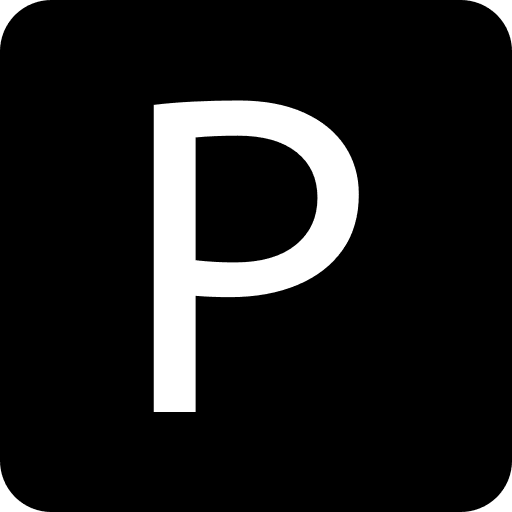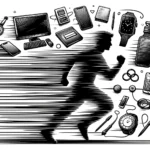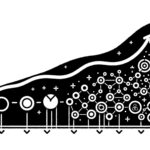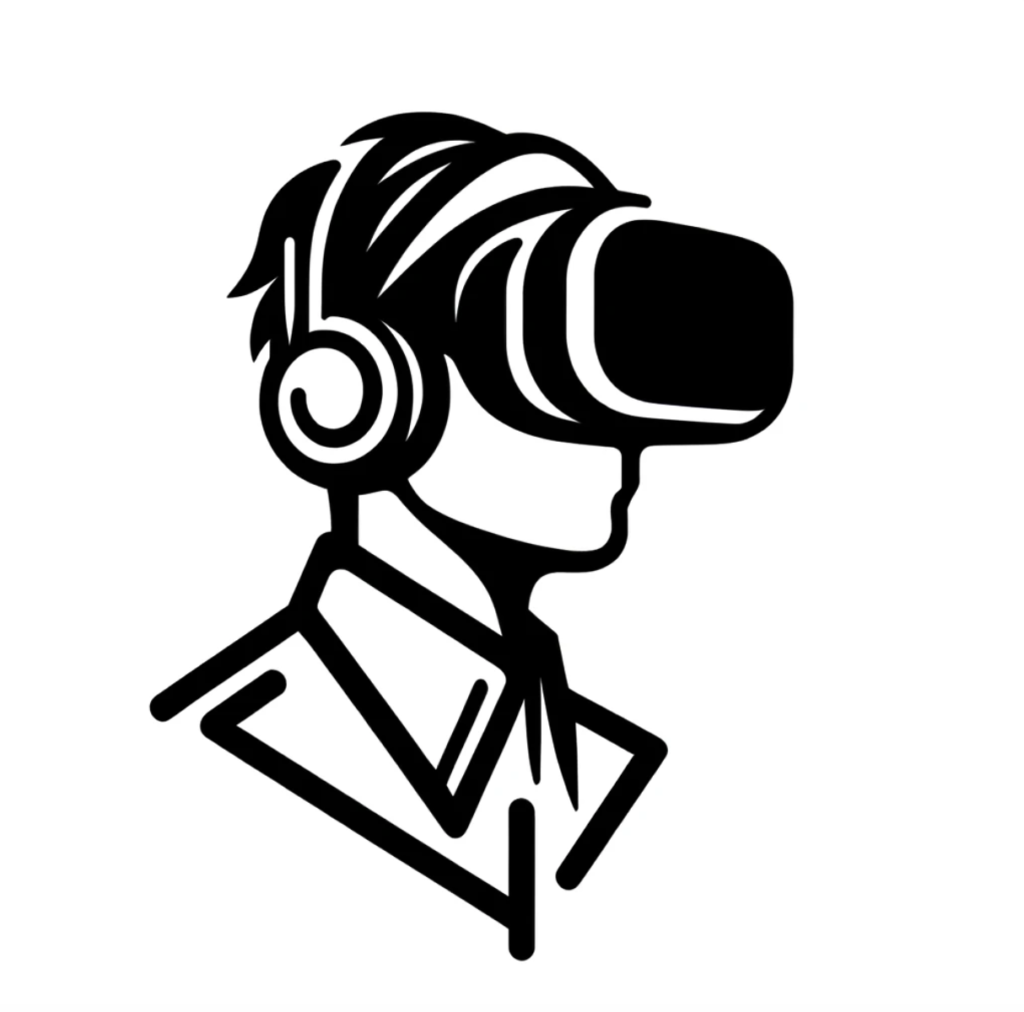
Let’s see how this article ages and that’s the only reason I am writing this article, I’d love to be right, but hey, if I end up being wrong that means our capabilities and efficiencies are way higher than what it is today with Apple Spatial Computing.
Before we start: Kudos to Apple for having the guts to launch such a product as well as building such a great engineering marvel. Whoever has built hardware product before knows this was very very very very tough!
Now let’s get started!
I didn’t buy it when it came out in Feb 2024. My cofounder at SprintRay, woke up super early in the morning and got it. It was delivered, so he brought it to work and I gave it a try. I used it for about 10 minutes, took it out, and said, “I won’t get it, it will stay as a niche unless the Product Manager at Apple Vision Pro thinks like a ProductCEO Product Managers.
To analyze the Apple Vision Pro, you either have to treat it as a AR or VR Headset:
->If you Look at as a VR Headset: Just because it’s Apple, the limitations of a VR headset doesn’t go away. Despite so much marketing calling it Spatial Computing, and so many YouTubers jumping on top creating content. And in my opinion, the Apple ecosystem doesn’t make it any less limited than other platforms. It’s a VR headset. All most all the top YouTubers videos was either reviewing how cool VR is like Casey Neitsat’s Video which has gotten 7M views at the time of this article:
Or it’s typical YouTube Challenge styles like I spent 24 hours with Apple Vision Pro or I wore Apple Vision Pro at work like Ryan Trahan’s video or so many other similar type.
It worth pointing how this works for Apple as all of these creators help normalize the shape and weirdness of wearing these headsets in public and get Apple free marketing. The third group of video’s highlight how cool and well built Apple Vision Pro is praising the engineering ingenuity or strive to make high quality gadgets.
VR and its limitations have been discussed for years and haven’t taken off despite millions of dollars invested in them. I don’t want to turn it into why VR won’t become mainstream. But the Apple Vision Pro’s VR has all the limitations of other companies’ VR. I had an Oculus for about 1 year and I haven’t used it even once in the past 6 months. When I got the Oculus, it was very exciting to do the fitness programs, the thrill of the fight, or meditation, but the discomfort of wearing a heavy headset, sweating, and staying in the VR mode almost became a big burden for using it. So I stopped using it.
When I tried the Apple Vision Pro, it took me 10 minutes to play around with it and I was like, okay, this is a VR headset connected to the Apple ecosystem. The only immersive application today was the dianasore.
-> If you Look at as an AR Headset: This is the highest potential of this product given the fact that it’s connected to Apple’s platform. It’s perhaps it’s the best AR experience I have ever tried. Other ARs before Apple Vision Pro were through cellphones, very limited. Despite VR, AR has a lot of promises in day-to-day life. Internet and computing power have advanced significantly in the past two decades, but the way we interface with them hasn’t progressed that fast. We still have to take the device out of our pocket, type in, and wait for results to read. AR takes interactions to the next level, especially with the advancement of Artificial Intelligence. So I am sold on AR, but let’s see how Apple Vision Pro is as a AR headset:
- Well, it’s a quasi AR: They have done such a great job of creating the best see AR headsets. Almost no headset come close to it. But it is still a video feed. I love AR but I think Ai should be in heads up display form to be adopted by the masses. strapping 2 LCDs that close to your eyes is inconvenient at best and harmful to your eyes at worst.
- It’s too Expensive and Too Heavy as AR: You start to feel the weight after 10-15 minutes and becomes tough to wear it all day. Gosh it’s very tough to wear sunglasses for an extended period of time. Let alone a 600grams. Don’t let me get started about the price. It is expensive to be used by the masses the way iPad and iPhones are.

-> What about the Power of Apple Ecosystem:
Then I tried the Apple apps:
- The iMessage was very hard to use, type, etc.
- FaceTime was the only cool thing. But it won’t make me spend $3,500 for Spatial FaceTime.
- MacBook Screen Mirroring: It’s very cool to have a giant monitor in front of you. Probably good for creative and designer types of people who only use Macintosh if they can get over the weight problem which is my point. It will be a niche product like Wacom is.
- Airplane/Train Mode: I thought it’s very cool to carry it on long flights and watch what you like. But you need to factor in the cost of the system only for airplane entertainment as well as the limitation of the content on Apple Vision Pro. This could improve over time, but I think it will be a very limited niche. The iPad is cheaper and way more functional in an airplane. you only see a handful of people using iPads in airplanes, let alone a $3,500 VR headset.
- Fitness: This could be the biggest potential of VR connected to Apple ecosystem of health but again thinking that a $3,500 super heavy computer strapped to your head while you are jumping ups and downs might not be for everyone.
How can Apple Turn this into Successful product ?
If this was my product and we were running as a team this is what I would have recommended my team to do:
It’s launched it already, great job on the fortitude to get something complex like this launch and get over all the hurdles and pushbacks. It’s not easy and early adopters are loving it. Let’s see what the next generation should be like:-
- First: Segment the customers into:
- Creative People: At the current shape and form, this has the best product market fit. Work closely with them to see how extended they are using it, what are the main objection. Turn the pain-finder on and see how they are liking or not liking while doing creative work and how this can improve. This is the only group who don’t hesitate to spend $3,500.
- Kids: Kids are almost strapped to their iPad at any restaurant. Monitor how parents use this, it’s heavy so it has a lower chance. It’s also expensive but it could be an interesting target if there is some early traction
- Professional consumers: Such as executives or business people are heavy users of iPad. Those who travel a lot. Work with them to see if they see it working adopting, what features they like
- Everyday use customers: I am sure early adopters will be using it. Work with them closely, not the the You-Tubers who created 24 hour wearing Apple Vision Pro. Fanatics who are willing to wear it on their daily walk to office or in the car.
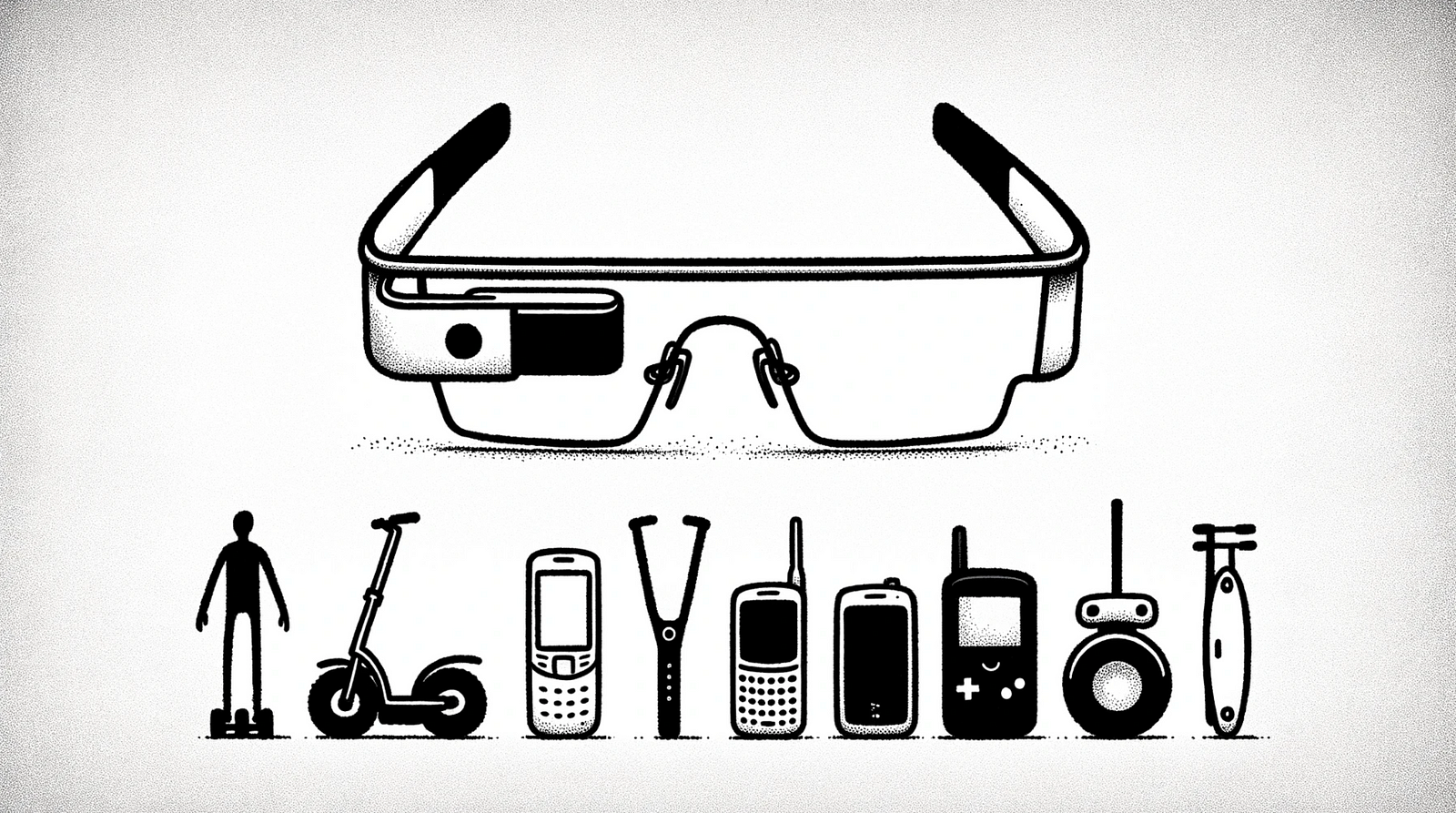
- Invest heavily in AR: It’s crystal clear to me that in the next 5-10 years, we will have AR glasses to help us with faster interaction in our day-to-day activities, such as reading emails, answering calls, using apps like maps and navigations, making quick Google searches, and interacting with Language Model AI like Iron Man. My BMW 2016 had a heads-up display showing maps, navigation, speeds. It was GREAT and very useful! If this is my line of product, I would completely separate the two and focus on the AR. AR has the potential to become an everyday product but VR is not. I understand that they built a VR headset and AR was somehow a bonus due to high quality built of the see through, not it’s time to double down. All the YouTube content creators were using it in the AR mode. That’s the most important sign that AR will be utilized in the Apple Vision Pro. Ditch the VR, focus on making the AR smaller, and more affordable.
- Invest in Fitness in VR:
If there is one thing that got me into using Apple watch was the fitness capabilities. If there is one thing that get me excited to use the VR daily if it takes fitness to the next level. Having virtual coaches that can monitor my pose while doing weights via iPhone camera, log sets and help me with Yoga, meditation. Fitness is the killer application for VR, but the device needs to get cheaper, and lighter. Early adopters will use it but masses no.
Conclusion
- Apple Vision Pro stays niche with this current price, weight and functionality!
- AR is where they have to invest if they want to turn this into a everyday product
- Fitness in VR has the potential to take this out of the niche, but needs killer content as well as a cheaper and lighter headset. It still has to get cheaper and lighter.
Enough said!
Amir
P.S. If you are not a ProductCEO subscriber, what are you waiting for?
